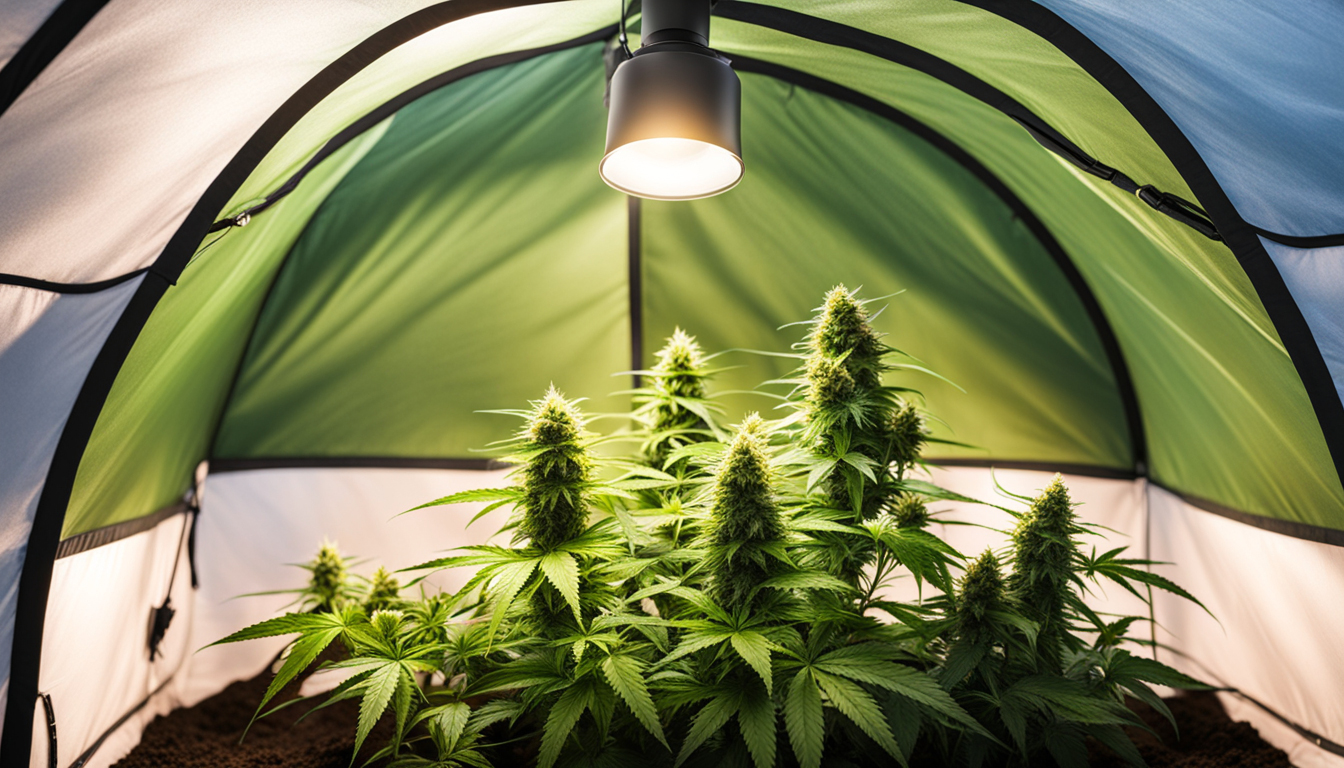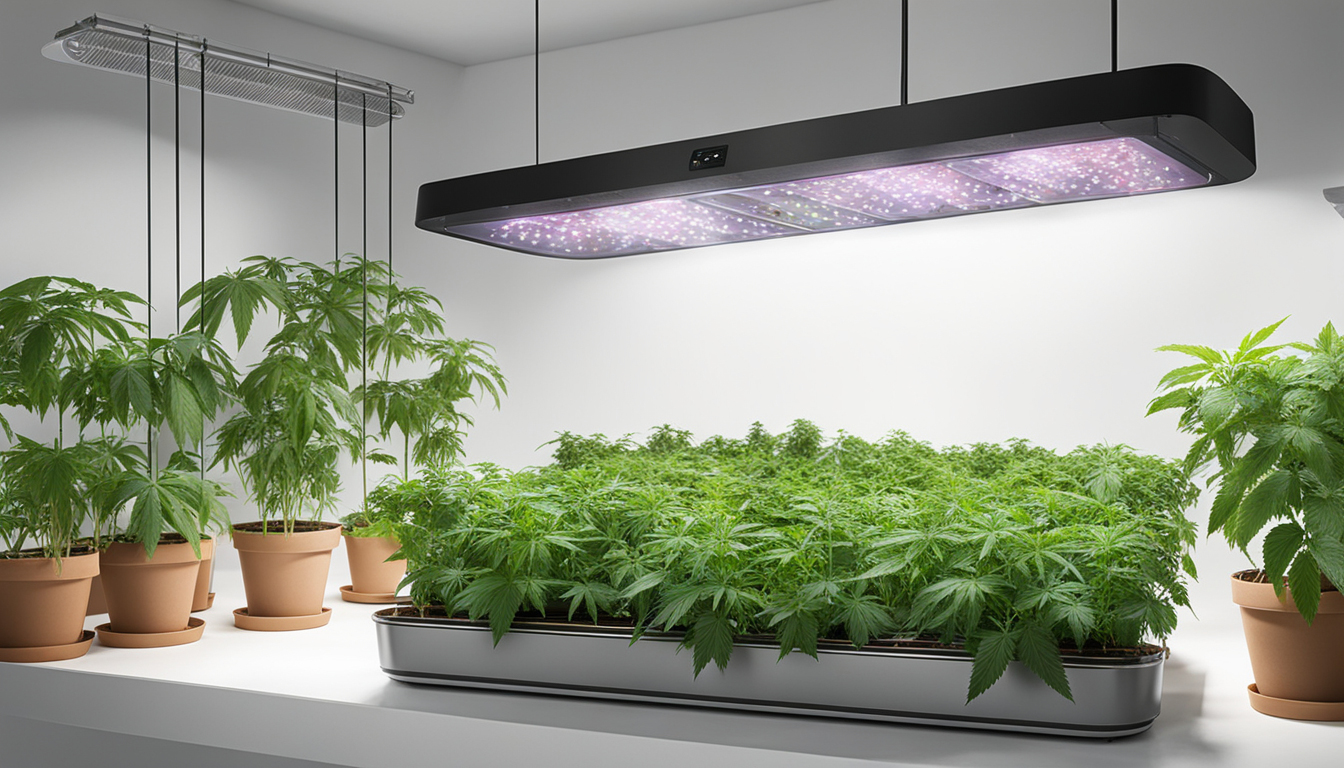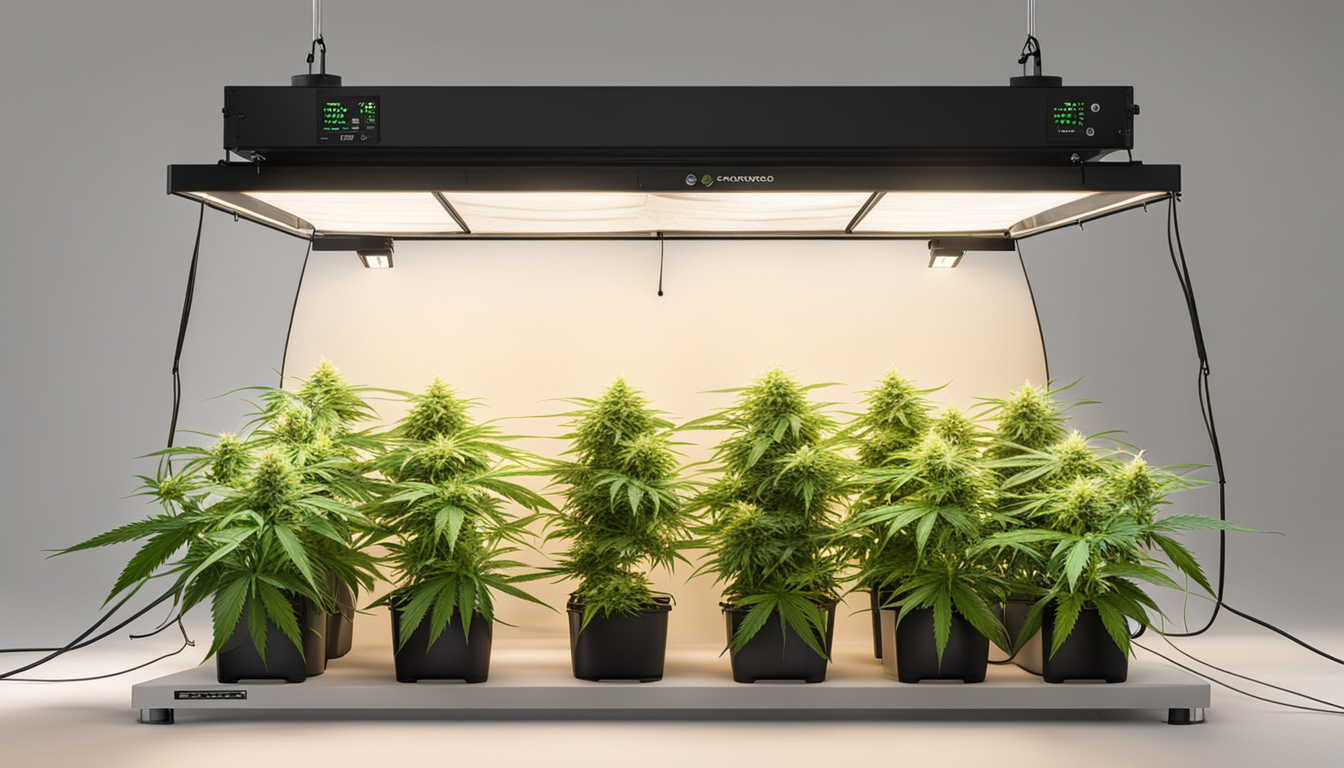
Whether you're new to weed cultivation or looking to improve your existing grow, following this complete guide will help you produce bountiful, high-quality yields right at home. With the right supplies, strategies, and care, growing cannabis indoors can be an extremely rewarding and cost-effective endeavor.
Choosing Pot Varieties
The first step in planning your indoor harvest is selecting the right weed strains to cultivate. The three main types of cannabis plants each have their own characteristics.
Energizing strains
Known for their uplifting intellectual effects, sativas spread tall and slender with narrow leaves. They flourish in hotter equatorial climates and have a longer flowering time between 10-12 weeks indoors. Top energizing varieties include Jack Herer, Durban Poison, Super Lemon Haze, and Jack Herer.
Indicas
Indicas provide relaxing full-body effects and spread short and bushy with wide leaves. Adapted to cooler mountain climates, they flower faster within 2-2.25 months. Popular relaxing strains include Granddaddy Purple, Northern Lights, and Bubba Kush.
Mixed strains
Mixed strains blend traits from both sativas and indicas. They offer combined effects and have moderate flowering periods around 2.25-2.5 months. Popular hybrids are OG Kush, Girl Scout Cookies, and Blue Dream.

Setting Up Your Grow Space
Pot plants need the right controlled environment to thrive. Key factors for indoor grows are lights, ventilation, layout, and finding the ideal discreet spot.
Location
Choose an unused space with direct access to water and power outlets. An empty spare room, large closet, corner of the basement, or grow tent securely placed in a garage all make great hidden cultivation room spots.
Lighting
Marijuana requires intense light for all vegetative stages. LED grow lights are efficient and come in full spectrum options replicating real sunlight. Provide 15-25 watts per sq. ft for the vegetative stage and 400-600 watts per square foot for bloom.
Airflow
Proper airflow and exhaust systems keep ideal temperature, humidity, and pure CO2 levels. Install silent 10-15 cm fans or scrubbers to refresh stale air and reduce smells.
Layout
Optimize your space by arranging plants carefully under the lights and leaving room to reach and work around them. Set up separate zones for growth, flowering, drying, and propagation.

Growing Mediums
Weed can be grown in different substrates, each with benefits and cons. Pick a suitable option for your specific setup and cultivation style.
Soil
The traditional medium, soil is affordable and easy for beginners. It provides excellent taste but needs more irrigation and fertilizing to nourish plants. Amend soil with perlite or coco to enhance aeration.
Coconut coir
Made from coir, renewable coco coir retains water but still lets in air to the roots. It's more sterile and more consistent than soil. Use coir-specific fertilizers to prevent accumulation.
Hydroponics
In hydro systems, plant roots grow directly in nutrient water solution. This allows rapid growth but needs close monitoring of water chemistry. Deep water culture and drip systems are common techniques.
Germinating Seeds
Sprouting prepares your pot seeds to start growing radicles. This readies them for transplanting into their cultivation medium.
Towel Method
Put seeds between wet paper towel and maintain them moist. Inspect after 2-7 days for emerging taproots indicating germination is complete.
Direct Planting
Insert seeds directly into pre-moistened growing medium 1⁄4 inch deep. Gently water and wait 1-2 weeks until sprouts push through the top.
Cubic rockwool
Soak cubic rockwool starters in pH-adjusted water. Place seeds 6mm deep into the cubes. Keep cubes wet until sprouts emerge within 1-14 days.
Transplanting Seedlings
Once germinated, pot young plants need to be transplanted to prevent crowding. Move them into proper sized pots.
Preparing Containers
Fill final pots with cultivation medium enriched with time-released fertilizer. Allow containers to absorb water overnight before transplanting.
Carefully Transplanting
Gently separate seedling roots from germination medium using a spoon. Put into pre-soaked pot at equal depth as before and gently water in.
Growth Stage
The growth stage encourages foliage and plant structure through 18-24 hours of daily light intensity. This stage usually lasts 4-8 weeks.
Providing 18-24 Hours of Lighting
Use lamps on a 24 daily schedule or natural sunlight to trigger nonstop growth. Lamp intensity influences size and internodal spacing.
Nutrients
Use vegetative stage fertilizers richer in N. Make sure pH stays around 6.5 for full fertilizer uptake. Feed 1⁄4 to 1⁄2 concentration after 14 days and increase gradually.
LST and topping
Fimming, low stress training, and scrogging manipulate growth shapes for flat canopies. This increases yields.

Bloom Stage
The flowering stage develops buds as plants show their sex under a 12 hour light timing. It lasts 8-12 weeks based on strain.
Switching to 12/12
Switch lamps to 12/12 or move outside for natural 12 hour cycle. This signals plants to begin flowering.
Stop Fertilizing
Flushing flushes out nutrient salts to enhance taste. Feed weakly the first period then just use plain water the last 2 weeks.
Flushing
Continue 12 hour photoperiod but flush using pH-balanced water only. Return to plain watering if buds aren't yet mature after two weeks.
Reaping
Knowing when marijuana is fully ripe ensures peak cannabinoid content and aroma. Cut down plants at peak ripeness.
Identifying Ripeness
Look for fading pistils, swelling calyxes, and 10-15% cloudy trichs. Check buds around the plant as they won't all ripen evenly.
Harvesting plants
Use clean, sharp trimming scissors to gently cut each plant at the base. Keep 5-10cm of stem attached.
Curing
Suspend intact plants or branches inverted in a dark room with average temp and humidity around 50-60% for 1-2 weeks.
Aging
Curing keeps desiccating while aging the buds like fine wine. This technique smooths harshness and intensifies terpene Send a Message and terpene profiles.
Curing containers
Manicure dried buds from stems and store into glass jars, filling about 75% capacity. Use a sensor to measure jar moisture.
Opening jars daily
Open jars for a few hours daily to slowly reduce moisture. Remoisten buds if RH goes under 55%.
Long term storage
After 2-3 weeks when moisture stabilizes around 55-65%, do a last trim and store forever in airtight jars.
Common Problems and Solutions
Even experienced cultivators run into different cannabis plant problems. Identify problems early and address them properly to keep a vibrant garden.
Nutrient Deficiencies
Yellowing leaves often signify inadequate nitrogen. Anthocyanins and leaves signal low phosphorus. Check pH and increase nutrients slowly.
Bugs
Thrips, aphids, fungus gnats, thrips, and root aphids are common marijuana pests. Use organic sprays, predator bugs, and yellow traps for natural control.
Mold
High humidity promotes botrytis and root rot. Increase circulation and venting while lowering humidity below 50% during flowering.

Conclusion
With this complete indoor pot growing guide, you now have the info to cultivate bountiful potent buds for personal grows. Apply these steps and techniques throughout the seed starting, growth, and bloom stages. Spend in quality equipment and carefully monitor your plants. In time, you'll be compensated with sticky fragrant buds you raised yourself under the loving care of your green thumbs. Happy growing